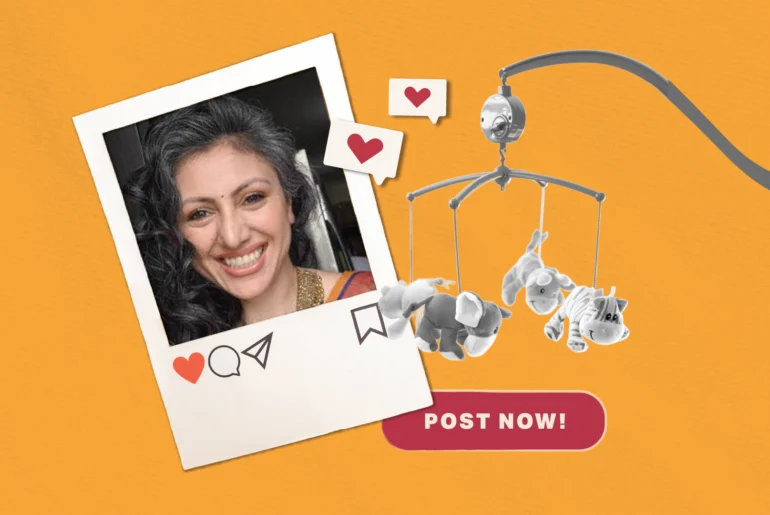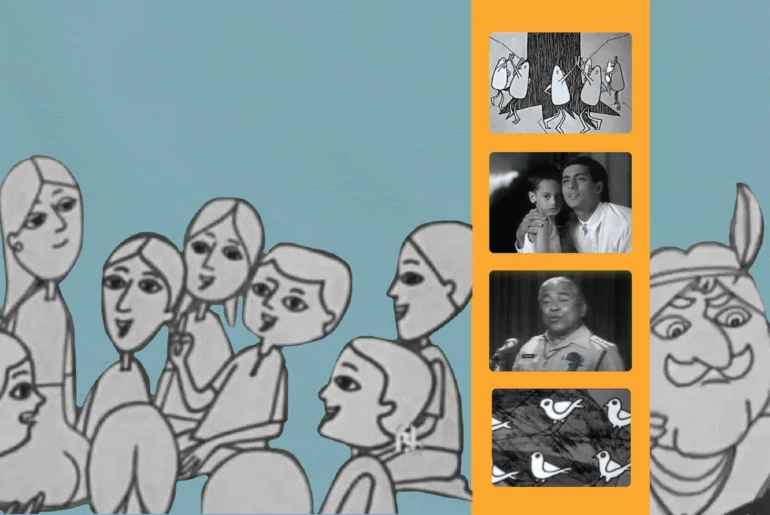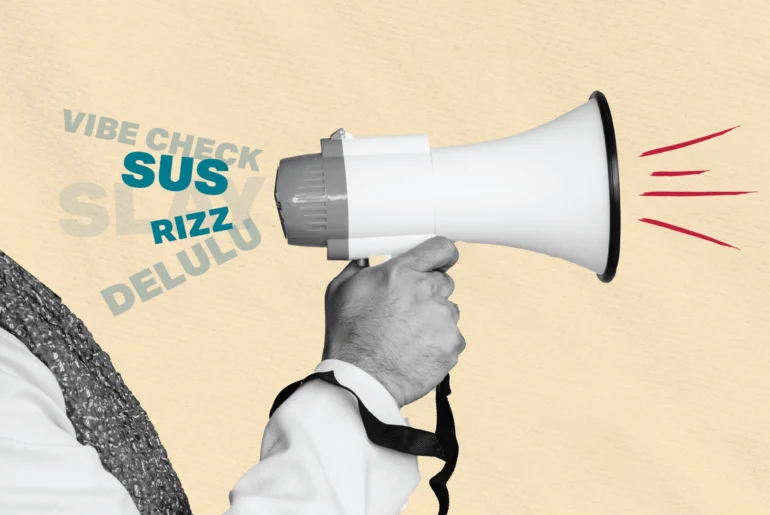Born in one India and growing old in another, the urban middle class faces a fascinating midlife conflict: clinging to youthfulness while confronting societal norms and inner reckonings.
“I am finally outside all age segments marketing acknowledges!”
I have often heard this from people beyond a certain age when they introduce themselves. Traditionally, most marketing and media strategies cap the upper age limit around 45 years for people they consider “targets.”
Interesting, if you consider the life expectancy in the Indian urban middle class being 70+.
It suggests that in the last 30 (or more) years of life, living is supposedly devoid of desires and is more about the basics. While it might not be entirely wrong, there is a different generation of Indians growing old now. Their response to aging is interestingly complex, leading to midlife conflicts.
Born in one India, growing old in another
My generation experienced a relatively deprived childhood and teenage years in the 1970s and 80s. This was despite being from what was considered a comfortable middle-class family.
For people like me, and even those a decade younger, the 1990s were like a dream. The floodgates to unimaginable lifestyle experiences opened up, thanks to liberalization’s impact on the urban Indian middle class.
Having lived between these two contrasting eras explains the midlife conflicts we see today. It’s a mix of defiance, acceptance, and re-evaluation.
At the heart of this conflict is our response to desires.
Traditional Indian values suggest giving up desires as you age and growing old appropriately. Budhi ghodi, laal lagaam (acting half your age) sums up the cultural disapproval of those past their prime trying to live like the young.
But today’s not-so-young find it hard to accept that. We feel we missed out on the “good life” while burdened with career building, marital responsibilities, and parenting. Now, with financial stability and fewer obligations, we see it as our time to indulge. “40s are the new 30s” and “age is just a number” are oft-heard mantras.
However, nothing is ever as simple or linear when humans and cultures are involved.
While the aging try to catch up with youth culture and lifestyles, the very definition of “aged” is getting younger. The accelerating pace of change in technology, economy, and culture leaves one feeling out of sync at increasingly younger ages.
It’s not uncommon to hear 20-somethings speak of teenagers as “the kids these days we don’t get.”
From thinking of change as something that happened over decades and generations, today cultural trend mapping agencies are tracking daily cultural shifts!
Rewriting the script: from fitness to food
Here are some of the facets of life where the not-so-young experience and negotiate the conflicts.
Ageless icons like Akshay Kumar, Milind Soman, Malaika Arora, and Shilpa Shetty symbolize the hope that vitality can be maintained at any age.
Brought up in a culture where exercise was not a normal part of life, aging Indians have embraced the gentler practices of yoga. This catapulted Baba Ramdev to superstardom. Narendra Modi’s endorsement of yoga and his “youthfulness” at his age is also something many find inspiring.
More recently, a gentler sport–pickleball–is gaining traction.
Early in the 90s, Jeetendra–the “Jumping Jack of Bollywood”–endorsed something called 30+, a supplement for age-related health issues. Misconstrued as a ‘sex pill,’ the brand flagged after its initial success.
Today, far more specific supplements have exploded online. They address different dimensions of aging-related wellness – energy, sexual health, muscle gain, bone health, skin, hair, and more.
Social media is flooded with “natural” options promising agelessness. From diets, fasting, olive oils, and green teas to a long list of overnight soaked things – there’s a new secret every day.
“It is difficult to teach an old dog new tricks,” the saying goes. Even as awareness of these practices grows, so does the “knowing to doing” gap for a majority.
Food, an easily accessible mood enhancer, is more readily available than ever thanks to home delivery apps. The aging struggle between giving in to impulses versus remaining conscious of the need for greater discipline. So we see a profusion of hybrid options that promise to be healthier. Baked rosogulla, anyone?
What next? The inner reckoning
Unprecedented progress in the last three decades has also left many of us feeling lonelier. The mad rat race begins to slow down.
As kids move on, marriages break apart, or the absence of emotional connection with partners becomes more obvious, midlife conflicts emerge and many seek new relationships that feel more meaningful and fulfilling.
But this need comes with its own challenges. A stronger, hardened sense of self, clearer likes and dislikes, and a “my way or highway” attitude make developing and sustaining new relationships harder.
Perhaps most fundamentally, the decline in responsibilities and the nearing of the end of the rat race creates a sense of vacuum. “What next?” becomes a question that looms large. Many things that once seemed exciting and desirable no longer feel the same.
People respond to this in many ways.
Some desperately cling to activities that drown out the question. Others actively search for a new purpose in the life ahead. Some turn inward, seeking answers through deeper reflection or spirituality.
As some of my friends flaunt their newly-acquired Harley Davidsons or Bullets or share stories of weekend bike rides with their gang on social media, I wonder – should I point out these are classic signs of the dreaded midlife crisis?
The road ahead
Ultimately, this journey of midlife conflicts in urban India is a complex negotiation.
As individuals navigate these conflicting forces–between youthful yearning and cultural expectations, between freedom and uncertainty–the search for what it means to live a fulfilling life in a rapidly changing world grows ever more significant.
What lies ahead may not be certain, but perhaps the best years aren’t behind us–they’re just waiting to be reimagined.




